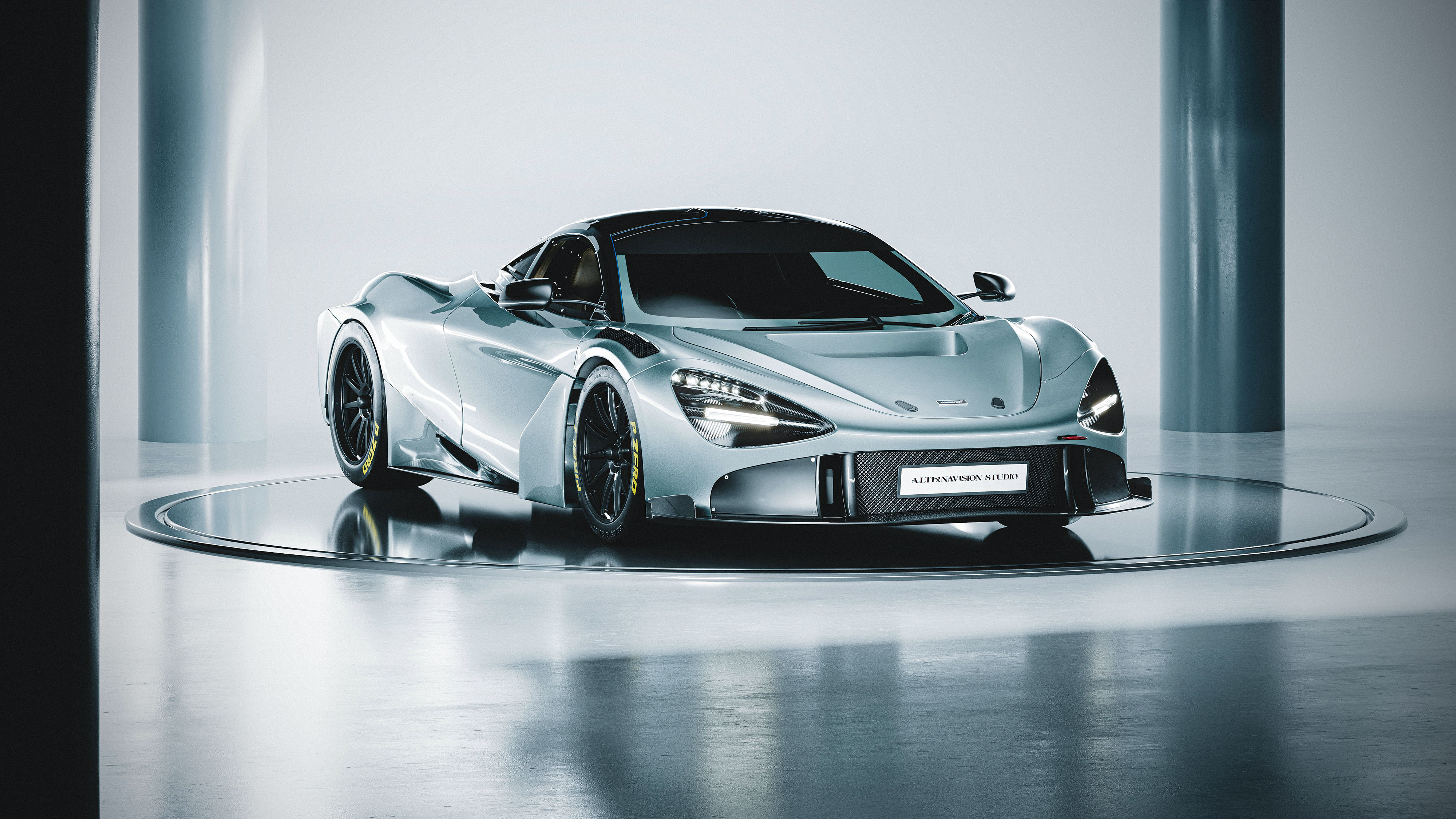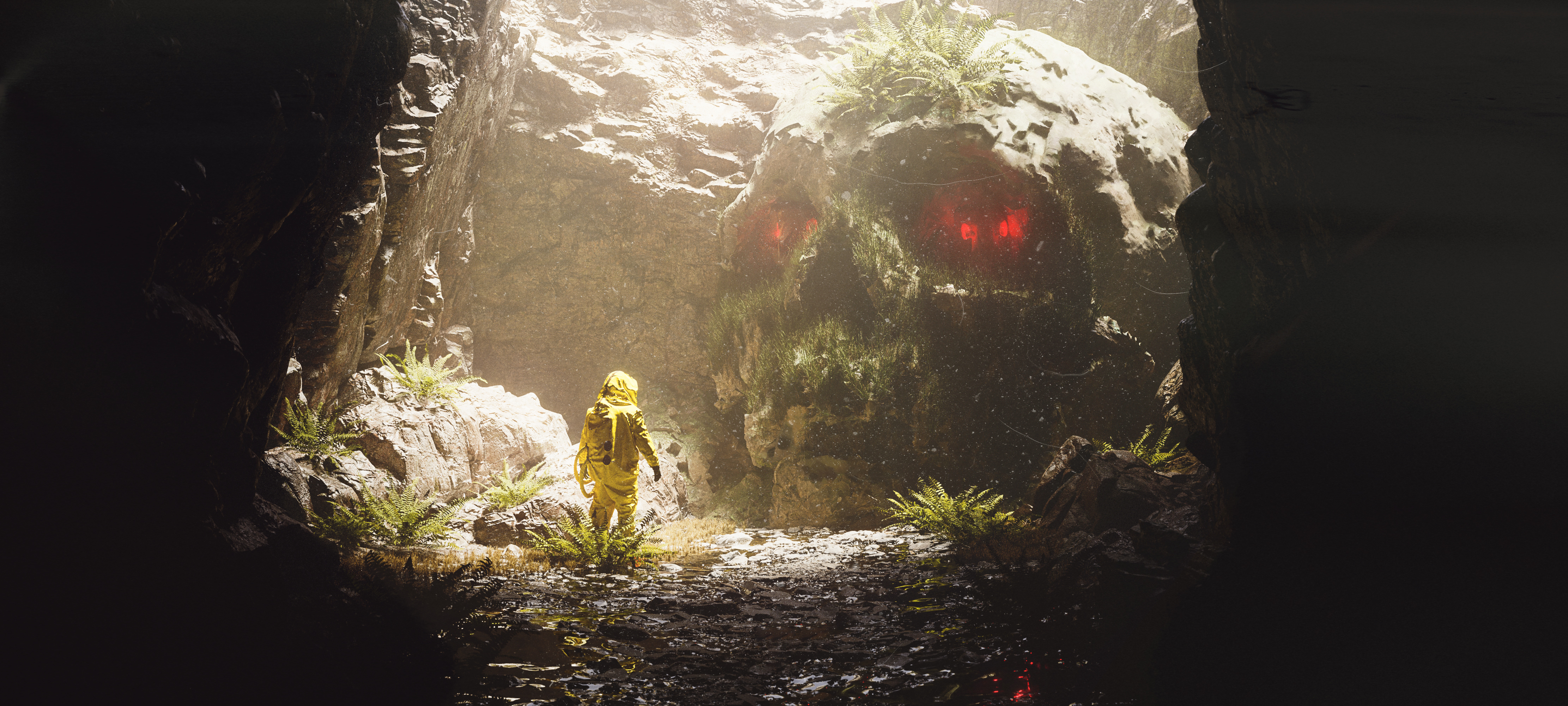 Cars
Cars
 Trucks
Trucks
 Buses
Buses
 Motorcycles
Motorcycles
 Military
Military
 Electronics
Electronics
 Guns
Guns
 Buildings
Buildings
 Aircraft
Aircraft
 Furniture
Furniture
 Characters
Characters
 Animals
Animals
 Spacecraft
Spacecraft
 Food
Food
 Ships
Ships
More
Hi everyone! We continue series of short interviews with the best artists from 3DModels competitions.
Abderrahman Alterkawi, author of the “Too much fun!”, will answer six questions and give us a look behind the scenes of his work.
I am Abderrahman Alterkawi, 19 years old and currently based in Morocco, a freelance CGI architectural visualizer and automotive visualization artist, currently working with architectural firms and doing rendering training with a number of architects and youtube every now and then.
Me becoming a 3D artist as a career was a byproduct of my interest in CGI as a hobby, mainly interested in environment design and cinematics, but later on moved the architectural design and automotive rendering due to getting a fair bit of client work that was mainly exterior rendering, with some car work here and there.
I have been following the Car Render Challenge for about 4 years now, I was introduced to it through a video made by CGBOOST, when I received the email about the challenge I knew I had to enter. I had two ideas; one would be a car chase and the other would be a Wild West themed render with nuclear reactors in the background. I ended up going with the car chase because I was pressed for time with some commercial projects.
Initially I wanted a John Wick inspired night scene with a motorcycle assassin following our hero’s car asset, and I actually modeled a character and a bike, but at some point during lookdev it became way too distracting. The story in my head became more organized after I knew what I wanted the rendering to be and how much time I had to work with, I wanted a story that was as follows: A slightly ambitious and free spirited young man wanted to spend a night out, he is by no means a criminal nor does he mean any harm, however he does indulge a little too much, in our case causing a full on police chase worthy of national broadcast!
I used Blender to model the car, I find Blender to be hands down the fastest polygonal software in terms of modeling, the model itself is quite interesting, in my case I went for a clean topology. The base model was done really fast, i usually tend to model with nurbs in mind, emulating what an alias surfacing artist would do, starting with an edge mesh, later on filling in the faces and adding detail, for this render i knew what angle i wanted to see, so i only modeled what was necessary, the back of the car has almost no detail since we won’t see it either way, this is not my usual approach for cars, but in this case i found it beneficial to only work on certain parts.
For the rest of the process i used 3Ds max and Corona renderer, 3Ds max is very stable for me and handles scenes really fast, allowing me to do quick lookdev, as well as Corona renderer is my favorite rendering engine due to how easy it makes rendering realistic images. Affinity photo was also used for some decals and I may have used some textures that I made a while back using substance designer.
I tend to do personal projects quite often, as they are where I really grow in terms of skills, I like to try different approaches and certain workflows that may seem convoluted but effectively save me a lot of time. And some of them tend to be the best investments of time in my cases; unironically, a personal villa project I did a while ago, which I will also share, has paid off even more than other career and academic decisions that took a hundred times the hours of that personal study.
As for which ones are my favorites, I like my McLaren Studio render, the Skull Cave render that won me the Artist of the Month award, an exterior building design I did recently, and a Digi Double project I worked on a while back.





I get inspired very often, if I see a beautiful landscape on my way home, I will be inspired and have the interest to create a nature scene. Recently I have been inspired by the work of people like Aaaron Westwood, Carlos ColorSponge, Steffen Hampell and many other artists and talented sculptors, as well as movies that appeal to me like everything Wes Anderson, Lord of the Rings, No Country for Old Men, 1911 and The Deer Hunter to name a few.



These are the exact 5 tips I give to the students who benefit from my classes:
– Use references, as much as you think you understand how something should look, you really don’t, use references, it will only improve your work and make the process much easier.
– Make your renders clear, don’t overstretch an idea, don’t add too many elements, don’t be afraid to delete and scrap ideas even if you spent a lot of time on them. A render should give a clear idea of what it is, if you look at it from a distance you should be able to understand what is happening in the image.
– Use shadows for your compositions, try to make shadows work for you, don’t think of shadows and lights as a byproduct of physical rendering and something a render engine gives you for free, think of them as a painting tool, add shadows where they would benefit the contrast of the image, use shadows to tell a story.
– Don’t be too hung up on twisting realism, after all we want a nice and impactful image even if it costs a bit in the name of realism, don’t be afraid to add style to your image, add edge lights where they don’t make sense, as long as it looks good it’s fine, don’t rely on an hdri to do all the lighting for you claiming it’s realistic, just have fun and use the tools you are given, photographers would do anything to have the amount of freedom we have, so why not use it?
– Don’t get too hung up on the tools, after all they are just tools that are more or less the same and can do very similar things, if you find that a software would serve you better than your current tool, learn it and add it to your skill set. Learn the basics and not just the tools, it’s very easy to learn 3Ds max or Blender or Maya but getting a good result is a bit harder, this is where the universal knowledge comes in, the composition theory, colors, what makes good lighting, texturing and shading, how to have a good layout, how to optimize your scenes ect …
These are all universal skills that will benefit you no matter what software you use.
Add a comment